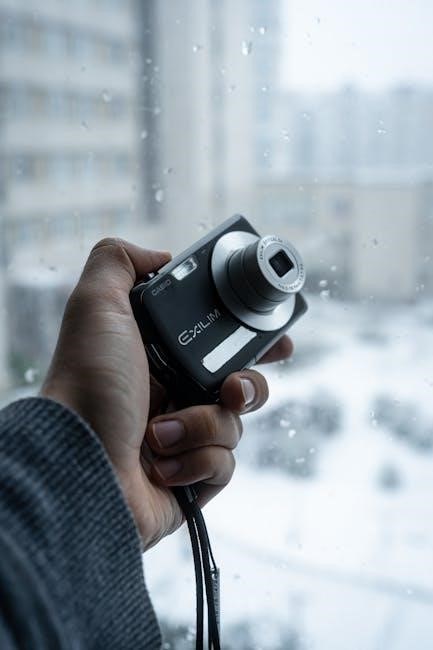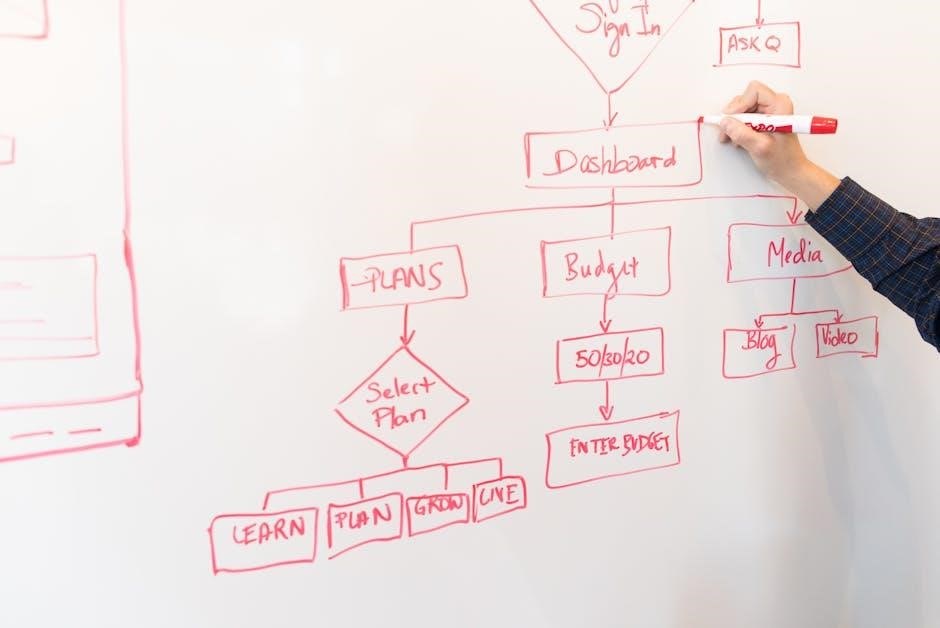The NJTR-1 manual provides guidance on reporting motor vehicle crashes in New Jersey, with version 2.0 effective as of 01/01/2023, and is available as a pdf file for download and use by law enforcement officers and other stakeholders.
Purpose of the NJTR-1 Form
The NJTR-1 form is a crucial document used by law enforcement officers in the state of New Jersey to report motor vehicle crashes. The primary purpose of this form is to collect and document detailed information about the crash, including the parties involved, the circumstances surrounding the incident, and the resulting damage or injuries. The NJTR-1 form serves as the official record of the crash investigation and is used to submit reports to the relevant authorities. By using this form, law enforcement officers can ensure that all necessary information is collected and recorded in a standardized and efficient manner. The form is designed to be comprehensive, covering various aspects of the crash, and is an essential tool for officers to conduct thorough investigations. The information collected through the NJTR-1 form is also used for statistical purposes, helping to identify trends and patterns in motor vehicle crashes and informing strategies to improve road safety in New Jersey. Overall, the NJTR-1 form plays a vital role in the state’s efforts to reduce motor vehicle crashes and promote public safety. The form’s purpose is to provide a clear and accurate account of the crash, which is essential for both investigative and statistical purposes.

NJTR-1 Reporting Requirements
NJTR-1 reporting requirements include submitting forms for crashes resulting in injury, death, or property damage over $500, with specific guidelines for completion and submission, as outlined in the manual and relevant protocols and procedures effectively.
Reportable Crash Definition
A reportable crash is defined as a crash that results in injury or death of any person or damage to property of any one person in excess of $500. This definition is crucial in determining which crashes need to be reported using the NJTR-1 form. The manual provides clear guidelines on what constitutes a reportable crash, and law enforcement officers must carefully evaluate each crash to determine if it meets the criteria. The definition of a reportable crash is important because it helps to ensure that all relevant crashes are documented and reported, which is essential for maintaining accurate records and tracking trends. By following the guidelines outlined in the manual, law enforcement officers can ensure that they are reporting crashes correctly and consistently. The definition of a reportable crash is also important for ensuring that all necessary information is collected and reported, which can be used to improve road safety and prevent future crashes. Overall, the definition of a reportable crash is a critical component of the NJTR-1 manual and plays a key role in the reporting process.

NJTR-1 Form Completion Guidelines

Guidelines for completing the NJTR-1 form are outlined in the manual, including instructions for filling out each section and coding information accurately and consistently every time.
Completing the NJTR-1 Form
The NJTR-1 form is completed by law enforcement officers to report motor vehicle crashes in New Jersey. The form is divided into several sections, each containing specific information about the crash, including the location, date, and time of the incident. The officer must fill out the form accurately and completely, using codes and descriptions to detail the circumstances of the crash. The form also includes space for the officer to describe any injuries or fatalities resulting from the crash, as well as any damage to property. It is essential to follow the guidelines outlined in the NJTR-1 manual when completing the form to ensure that all necessary information is included and that the form is filled out correctly. By doing so, law enforcement officers can provide valuable data to help improve road safety and prevent future crashes. The completed form is then submitted to the appropriate authorities for review and analysis. Overall, completing the NJTR-1 form is a critical step in the process of reporting and investigating motor vehicle crashes in New Jersey.

NJTR-1 Manual Updates
The NJTR-1 manual is updated periodically, with version 2.0 effective as of 01/01/2023, providing new guidance and information for law enforcement officers and stakeholders, available for download as a pdf file online always.
2023 Updates to the NJTR-1 Manual
The 2023 updates to the NJTR-1 manual include significant changes to the reporting requirements and guidelines for law enforcement officers. The new version, effective as of 01/01/2023, provides updated information on crash investigation protocols and procedures. The manual is available for download as a pdf file, making it easily accessible to officers and stakeholders. The updates aim to improve the accuracy and efficiency of crash reporting, and to ensure that all relevant information is collected and documented. The NJTR-1 manual is a critical resource for law enforcement officers, and the 2023 updates reflect the latest best practices and standards in crash investigation and reporting. By following the guidelines and protocols outlined in the manual, officers can ensure that they are completing the NJTR-1 form accurately and thoroughly, and that all necessary information is being collected and reported. The updates also include new guidance on the use of codes and descriptors, and provide clarification on specific sections of the form. Overall, the 2023 updates to the NJTR-1 manual are an important development in the field of crash investigation and reporting.